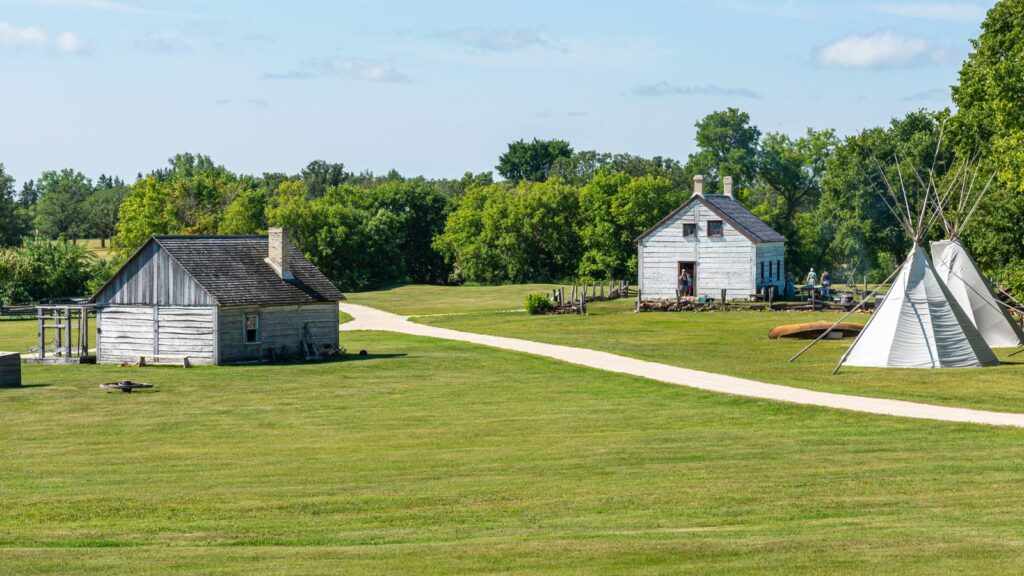Canada’s landscape is filled with incredible historic landmarks, many of which are deeply woven into the country’s cultural identity. But not everything lasts forever. Time, weather, and neglect have taken a toll on some truly iconic places. And unless action is taken soon, we may end up losing these 22 treasures for good.
Inverarden House, Cornwall, Ontario

Once a proud Georgian-style mansion from the early 1800s, Inverarden House sits quietly decaying near the banks of the St. Lawrence River. Though once a National Historic Site, the house has been closed to the public for years and is in desperate need of restoration. Weather damage, vandalism, and neglect have all taken a toll. Without intervention, this once-stately home may soon vanish into history.
St. Michael’s Indian Residential School, Alert Bay, B.C.
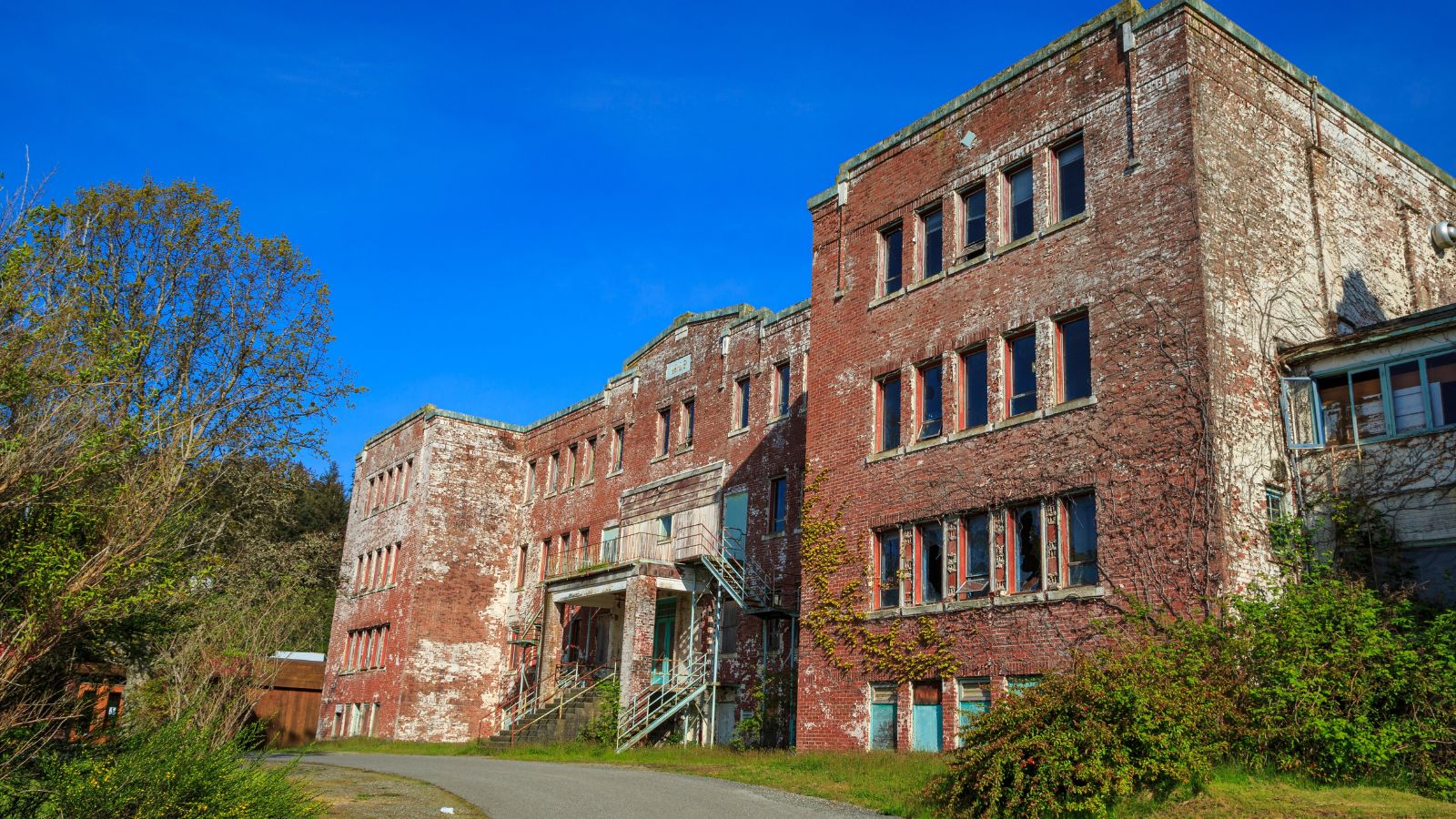
While not beautiful in the traditional sense, St. Michael’s holds immense historical weight as a former residential school. It stands as a painful symbol of Canada’s dark past, and though efforts have been made to preserve it for educational purposes, parts of the structure are literally falling apart. The building continues to rot in the salty coastal air. It remains in limbo between preservation and decay.
Beaubears Island Shipbuilding Site, New Brunswick
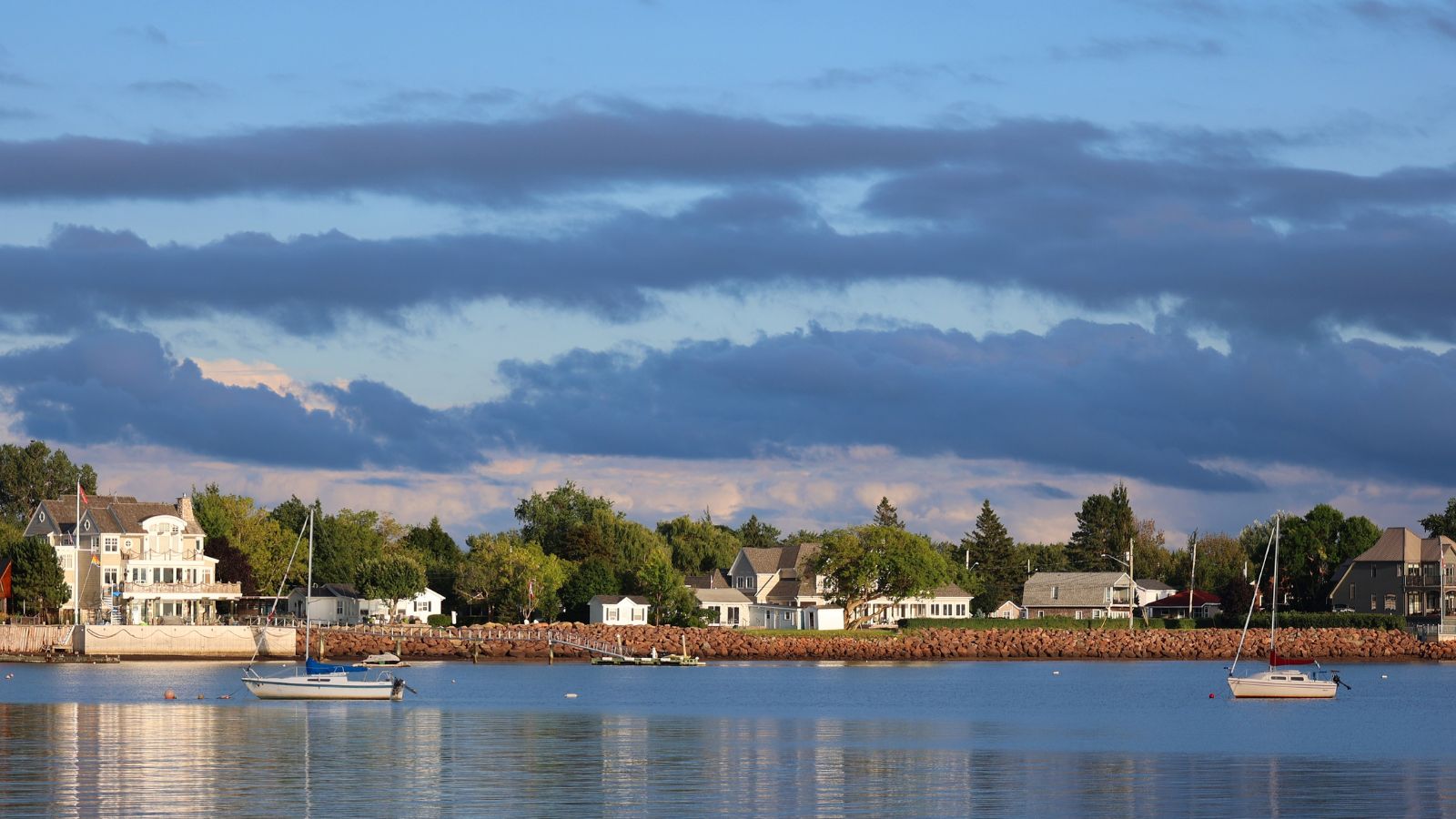
This once-thriving shipbuilding site played a critical role in Canada’s maritime history. What remains now are weathered ruins and skeletal structures slowly losing their battle with nature. The island is overgrown, and erosion is creeping in from all sides and despite its historic significance, very little funding has been dedicated to saving it.
Sambro Island Lighthouse, Nova Scotia
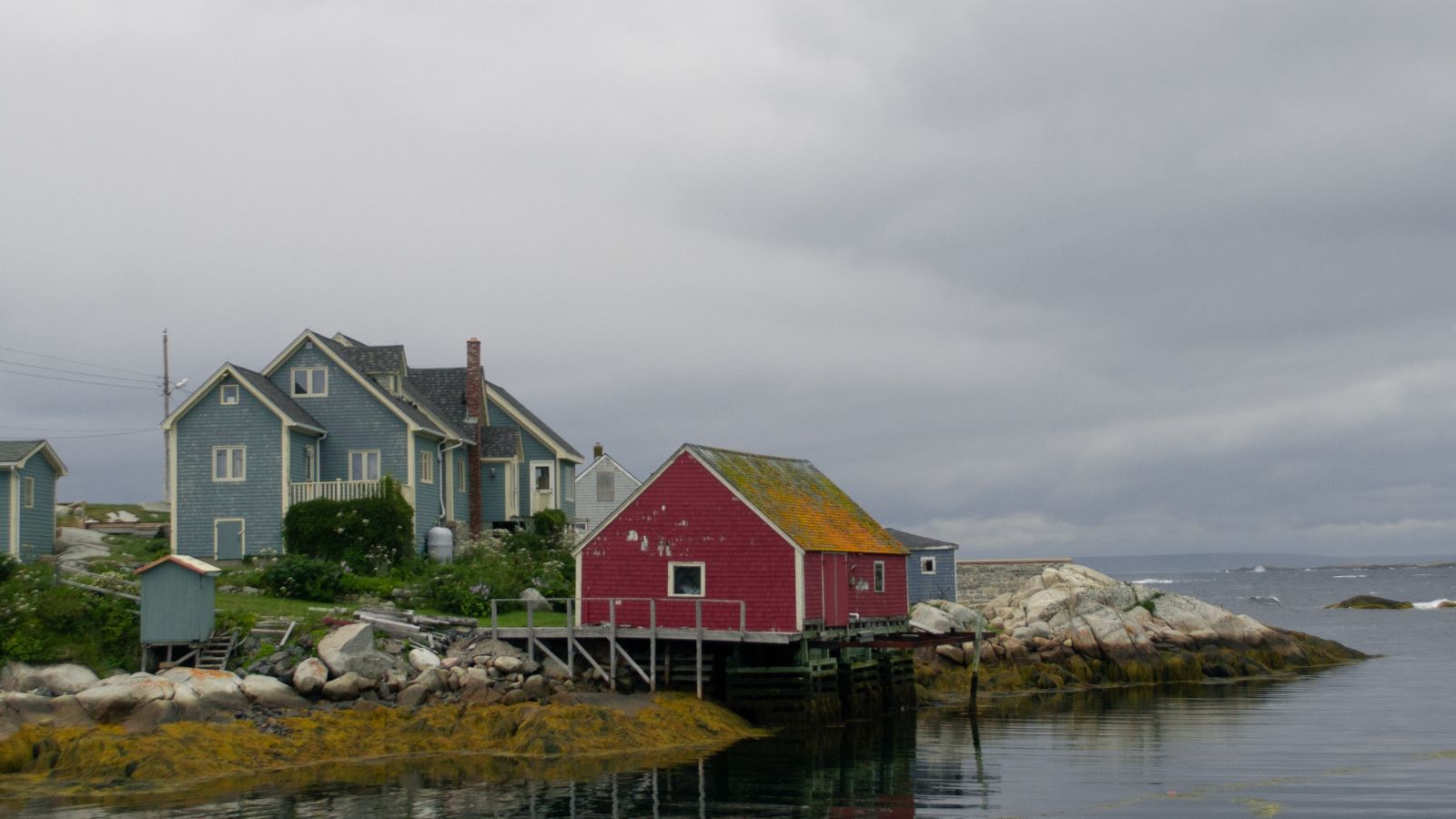
The oldest working lighthouse in North America is rusting and fading on a rocky outcrop near Halifax. Built in 1758, Sambro Island Lighthouse still guides ships, but its structure is deteriorating rapidly from ocean winds and harsh weather. Local advocates have fought for its restoration, but progress is slow an this beacon of Canadian heritage is literally crumbling on the coastline.
Fort Pelly, Saskatchewan
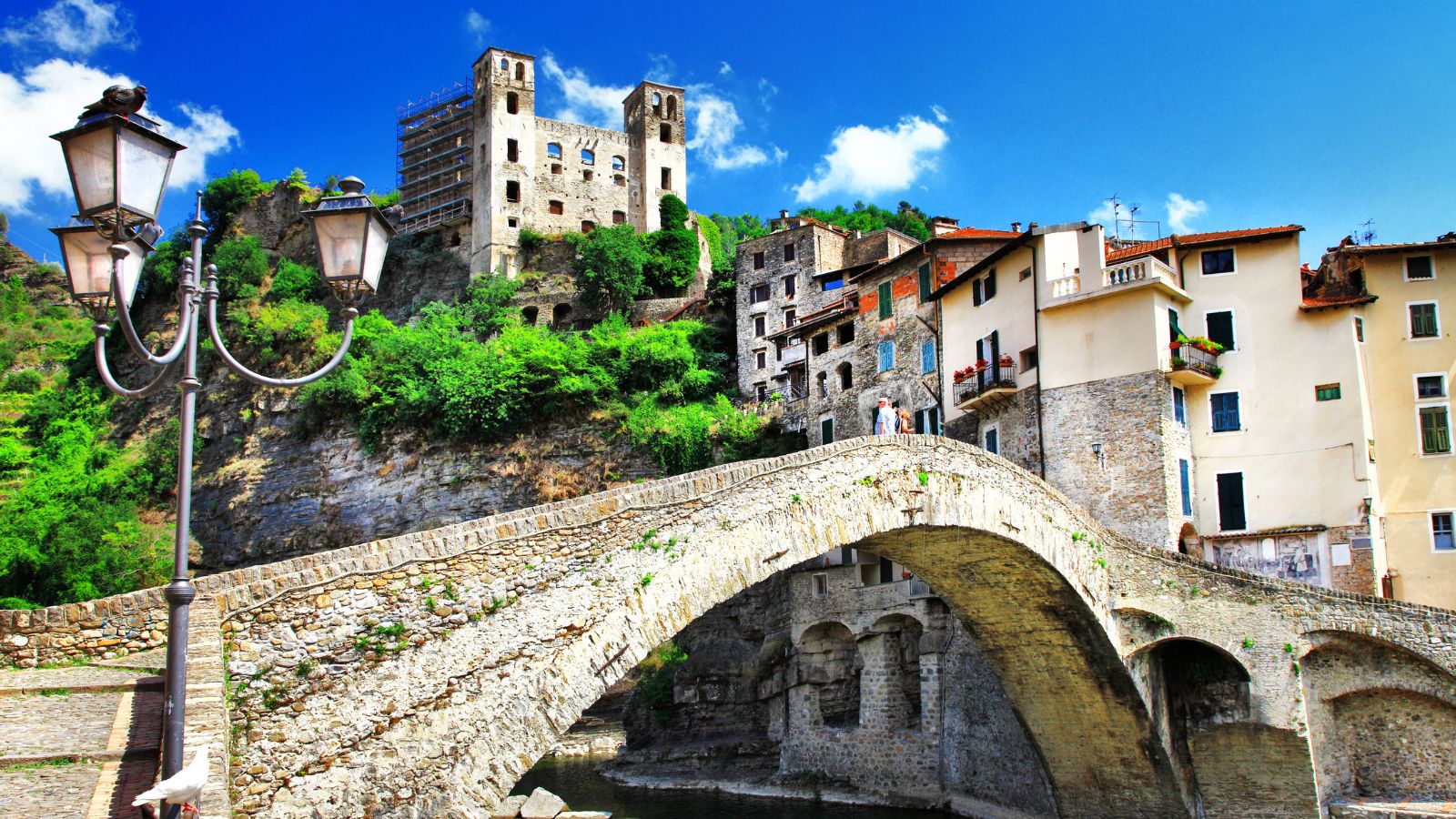
Fort Pelly was once a key Hudson’s Bay trading post in the fur trade network, but today it’s mostly forgotten. The remaining structures are collapsing, and vegetation has started reclaiming the area. What’s left feels like ghostly outlines of history. Without preservation, Fort Pelly is on track to disappear completely.
The Empress Theatre, Fort Macleod, Alberta
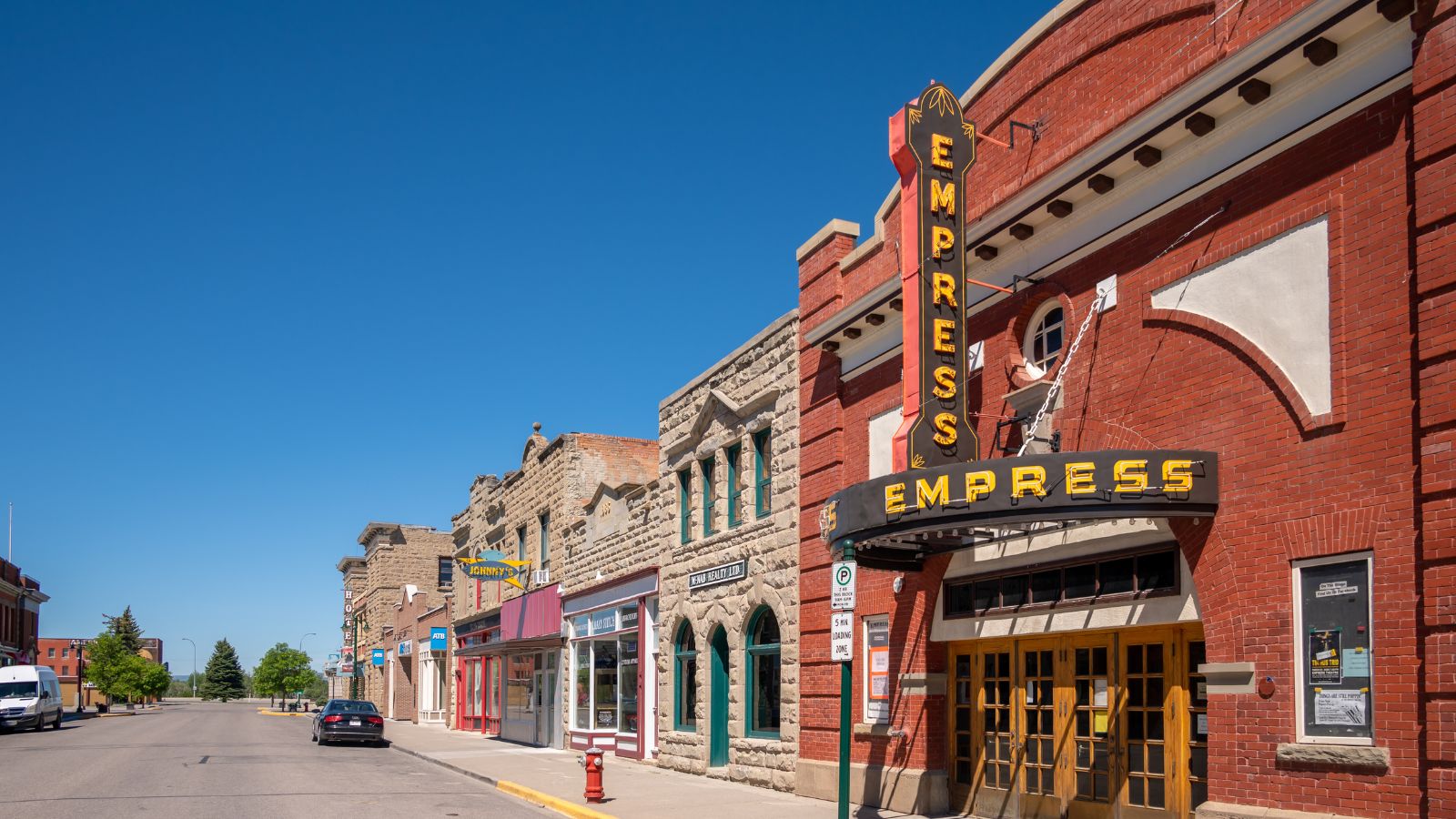
This grand old theatre from 1912 was once the cultural heart of Fort Macleod, hosting vaudeville shows, silent films, and local events. Though still in use occasionally, the building needs serious structural work. Its facade is cracking, the roof leaks, and restoration has stalled due to funding issues. Each year that passes adds more stress to its already fragile frame.
Sainte-Marie Among the Hurons, Ontario
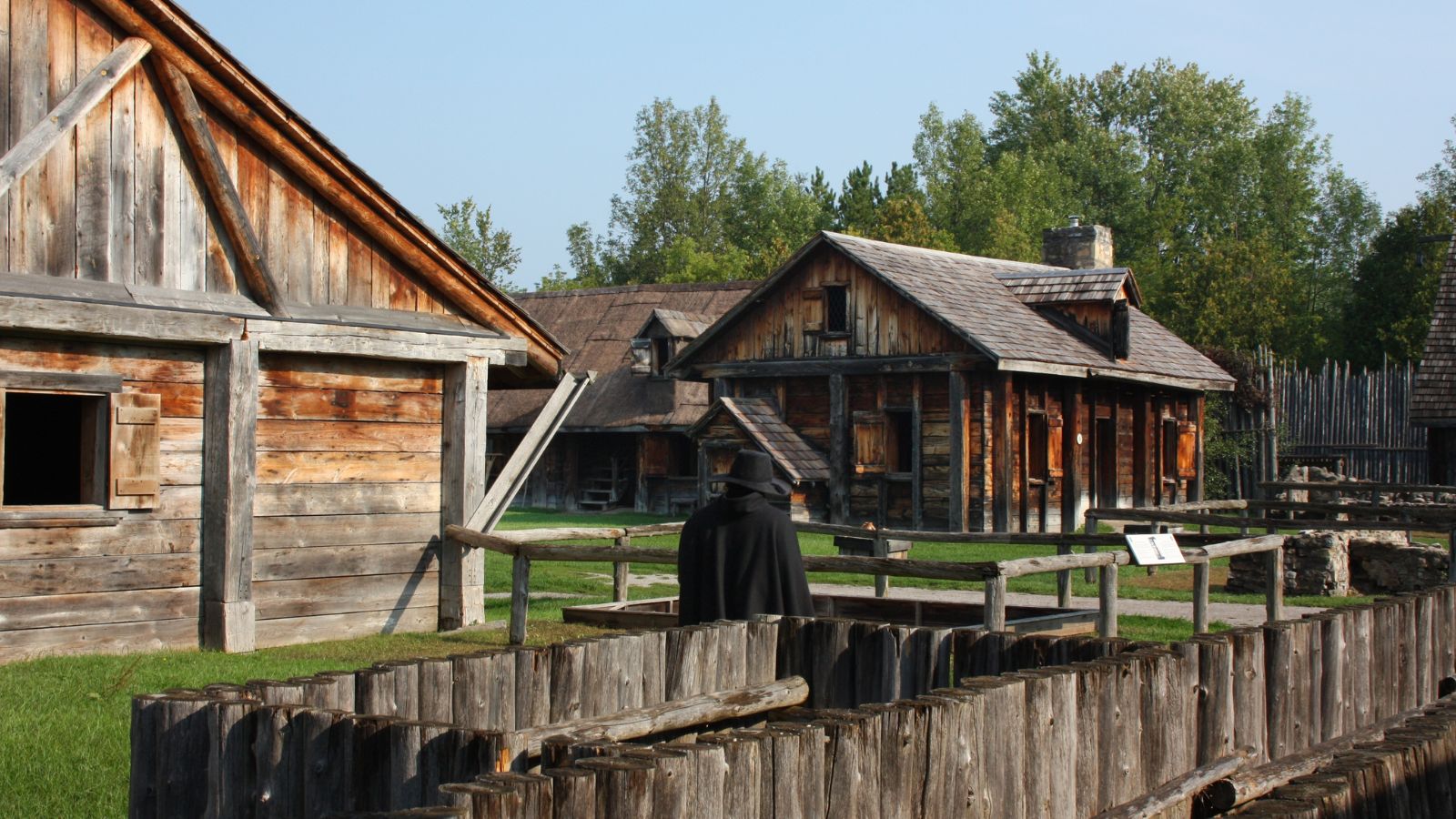
Once a thriving Jesuit mission from the 1600s, Sainte-Marie was reconstructed in the 20th century but parts of the site remain original, and deteriorating. The surrounding environment and fluctuating weather patterns have taken a toll on the site’s integrity. Wooden structures are deteriorating faster than they can be repaired and even with public interest, time continues to wear this place down.
Moose Factory Buildings, Ontario

Located on an island near James Bay, the historic Hudson’s Bay Company buildings in Moose Factory are gradually falling into disrepair. The isolation of the area makes restoration costly and complicated. The damp climate doesn’t help, either and these buildings are like forgotten time capsules slowly being reclaimed by the North.
Cap-des-Rosiers Lighthouse, Quebec
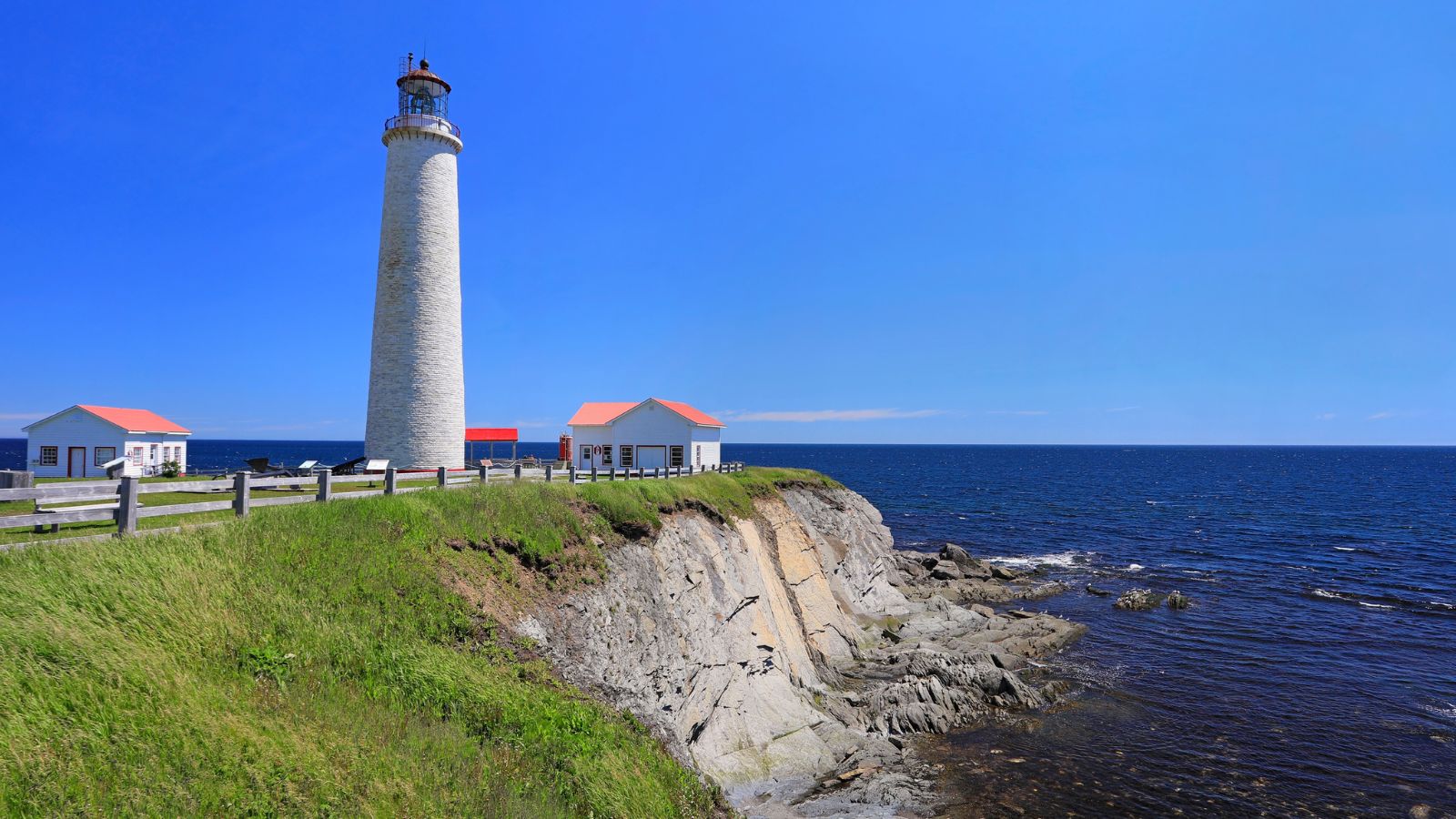
Standing tall on the Gaspé Peninsula, this is the tallest lighthouse in Canada, and it’s cracking under the pressure. Salt, storms, and constant exposure to the elements have weakened its masonry. Though it’s still in use, the structure has long been flagged for major repairs. Yet, it still waits for the help it needs.
St. Paul’s Anglican Church, Dawson City, Yukon
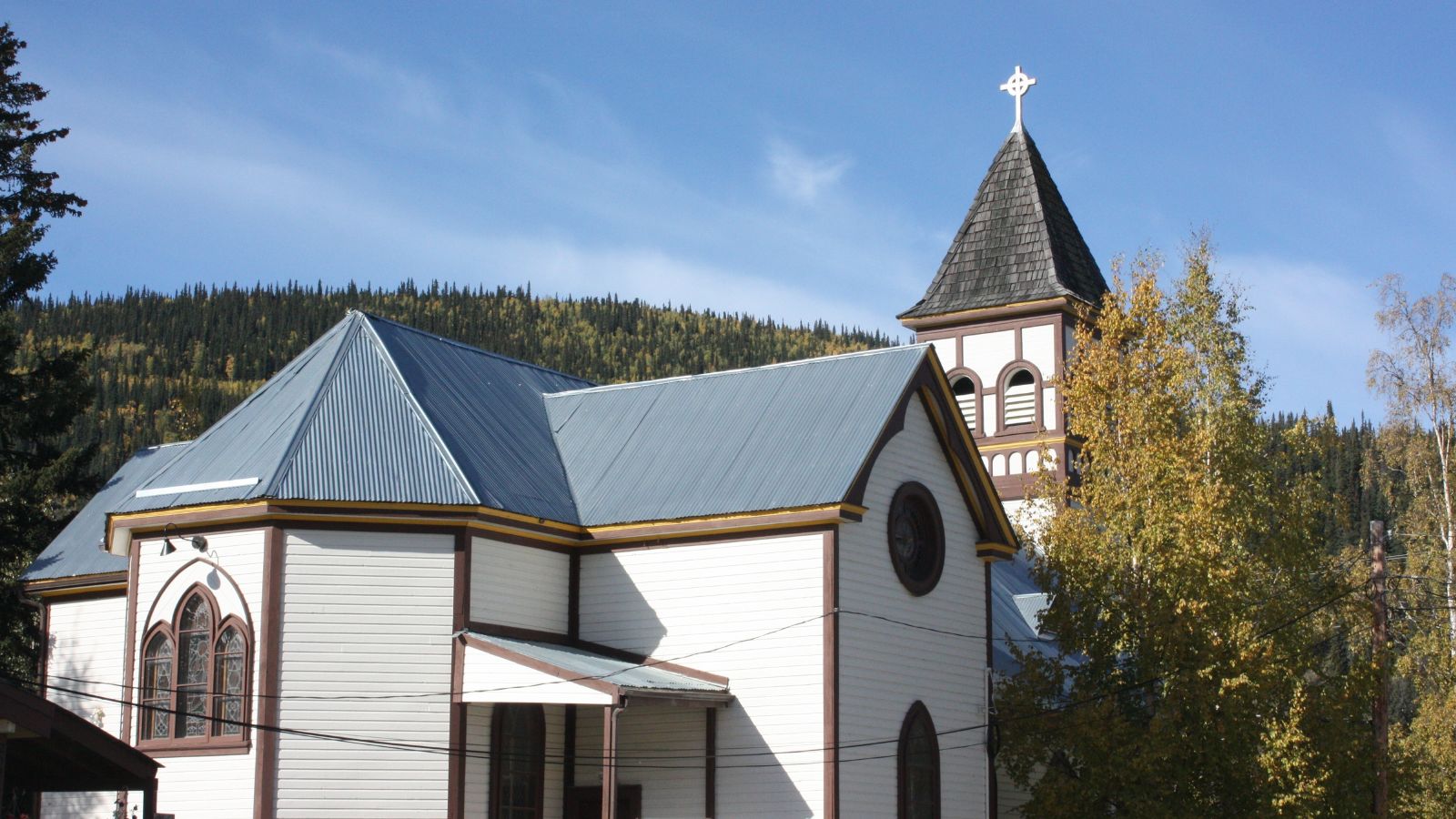
Once a symbol of frontier spirit and faith during the Klondike Gold Rush, this modest wooden church is now on the brink of collapse. Its foundation is sinking, and the walls are warped from permafrost shifting beneath it. Restoring it would be a logistical nightmare in such a remote spot. Still, its loss would be a blow to Canada’s northern heritage.
Bar U Ranch, Alberta
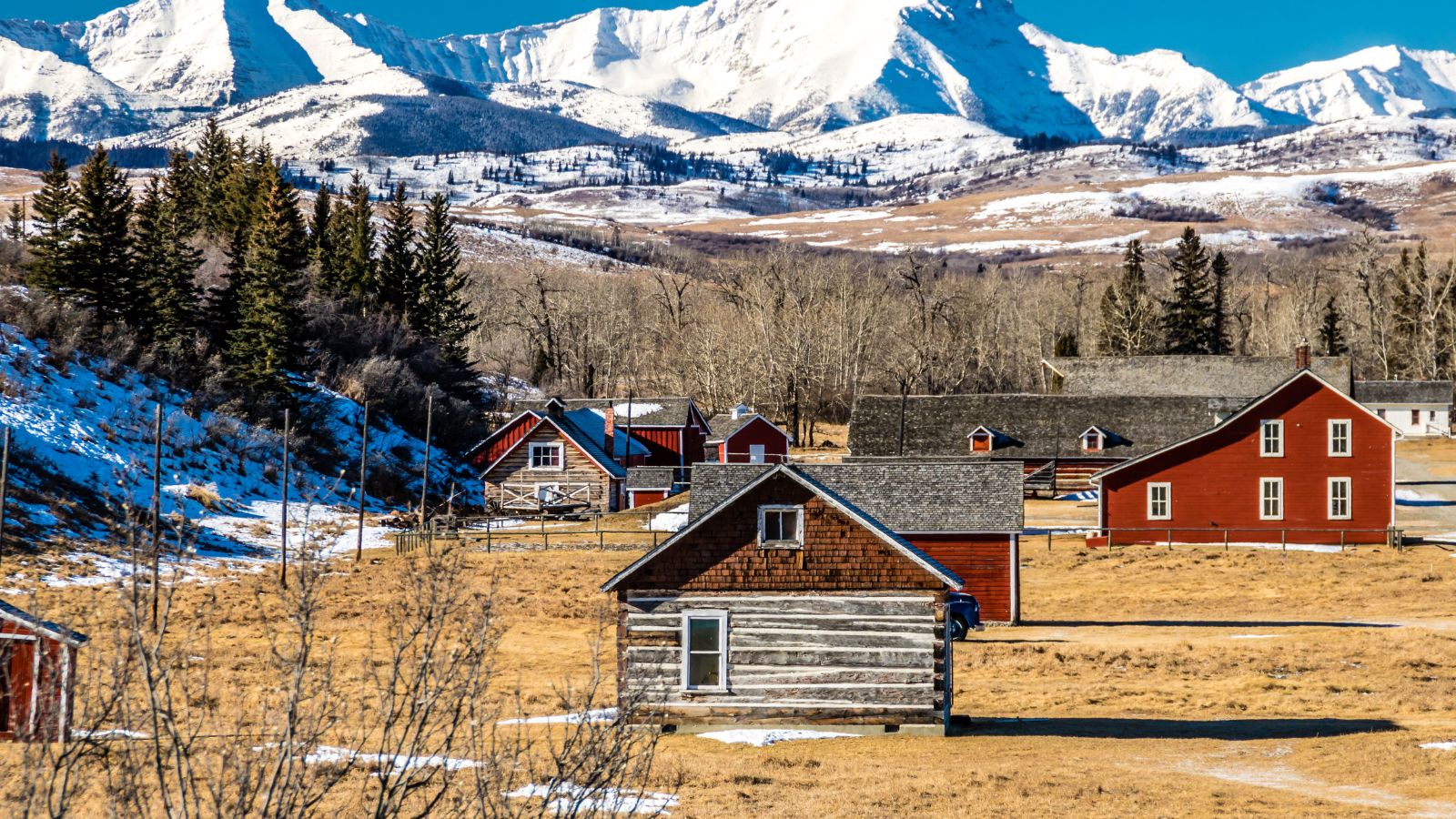
This National Historic Site captures ranching life in the Canadian West, but not all its buildings are in top shape. Some barns and cabins show visible signs of aging, including rotting beams and cracked foundations. Preservation efforts have been inconsistent. If ignored, much of this old cowboy history could be lost.
Train Roundhouse, Biggar, Saskatchewan
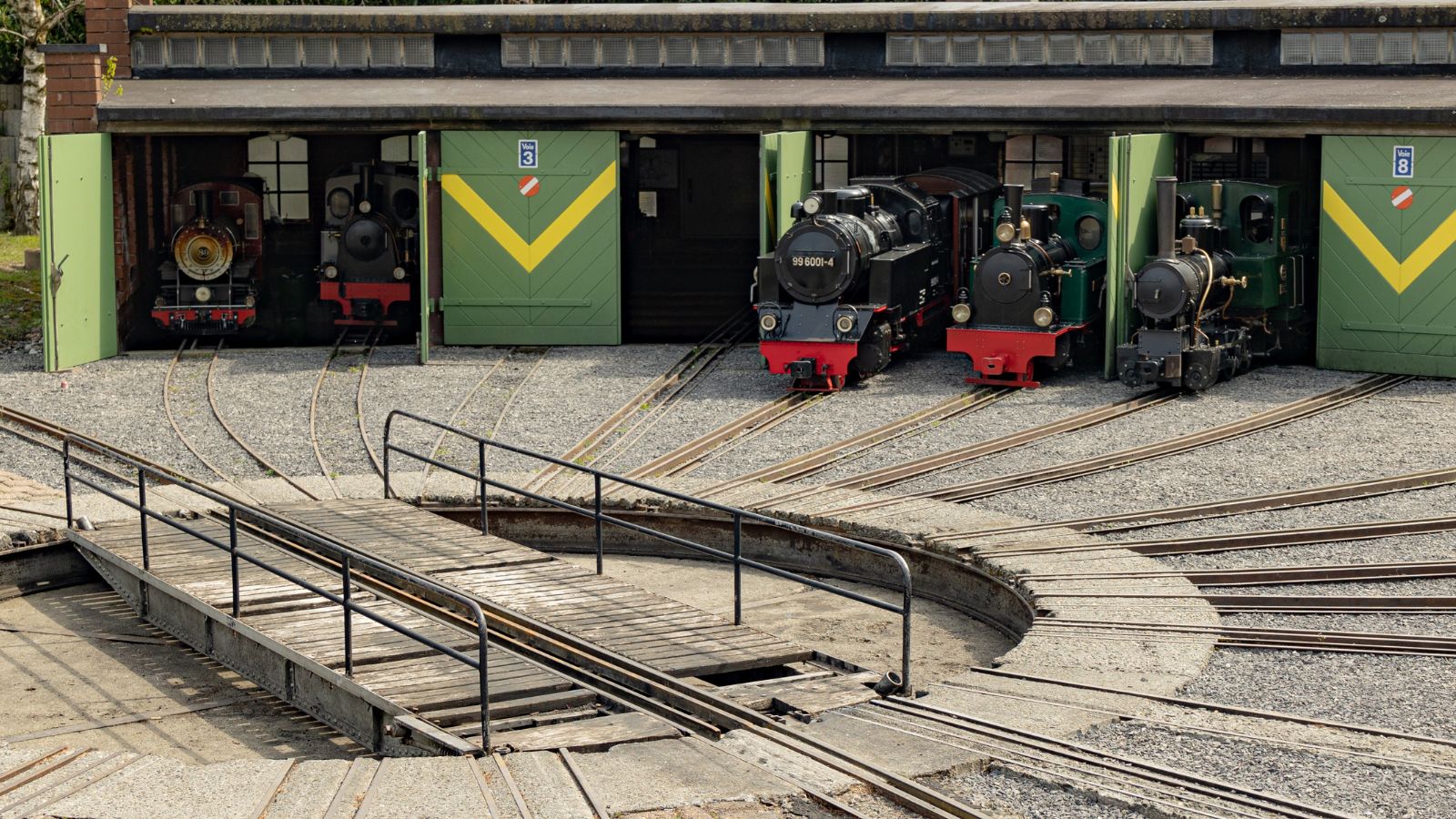
The train roundhouse in Biggar once represented Canada’s rail supremacy. Now it sits in silence, missing windows and shedding bricks. A structure that once symbolized progress is now succumbing to decay. Locals have tried to save it, but red tape and high costs make progress slow.
Tranquille Sanatorium, Kamloops, B.C.
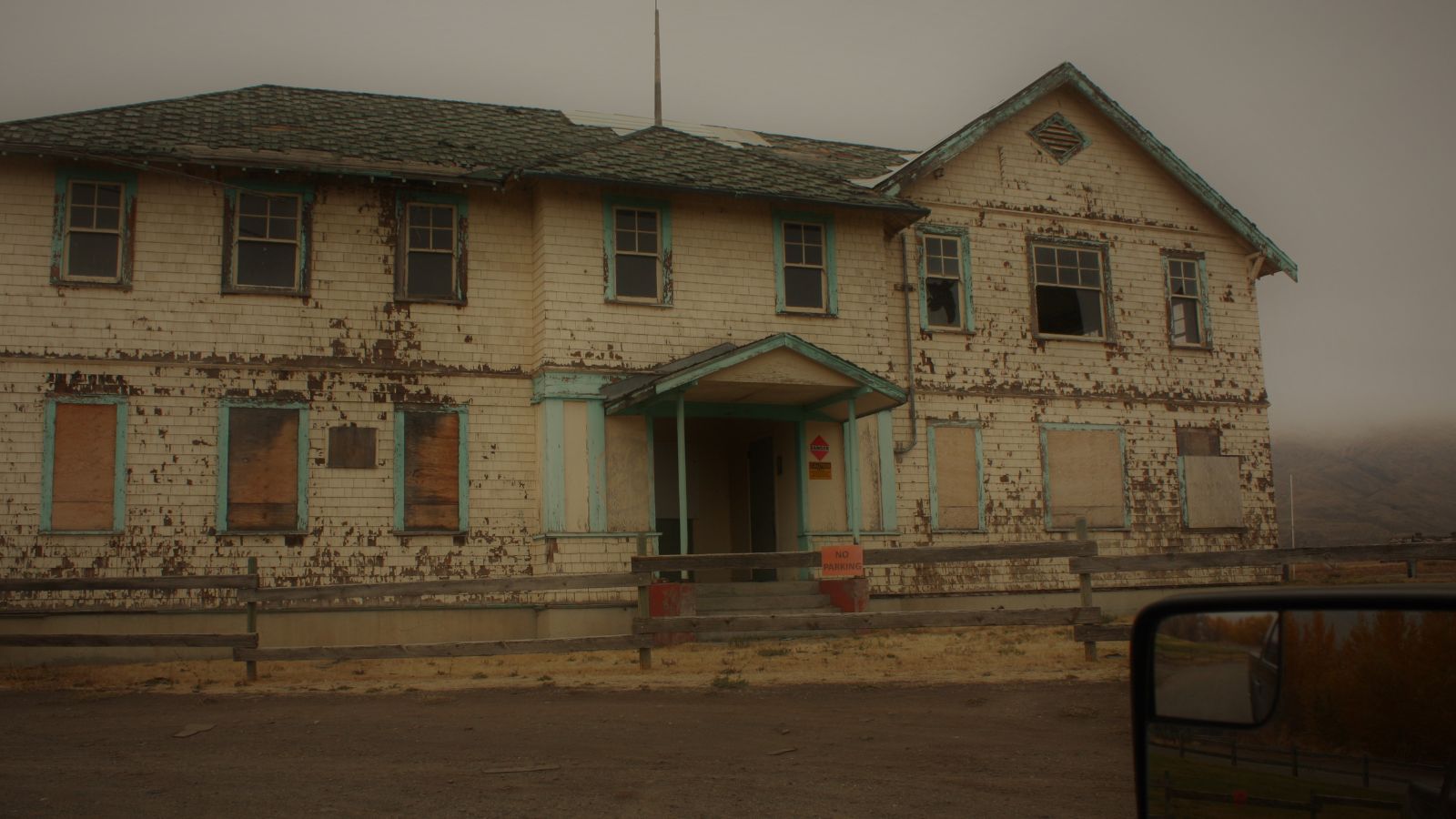
Originally built for tuberculosis patients, Tranquille became a mental hospital and then a ghost town. The site is chillingly beautiful, but it’s also slowly collapsing from within. The main buildings are overgrown and dangerous to enter and despite its eerie charm, nature is closing in fast.
Prince of Wales Hotel, Waterton Lakes National Park, Alberta
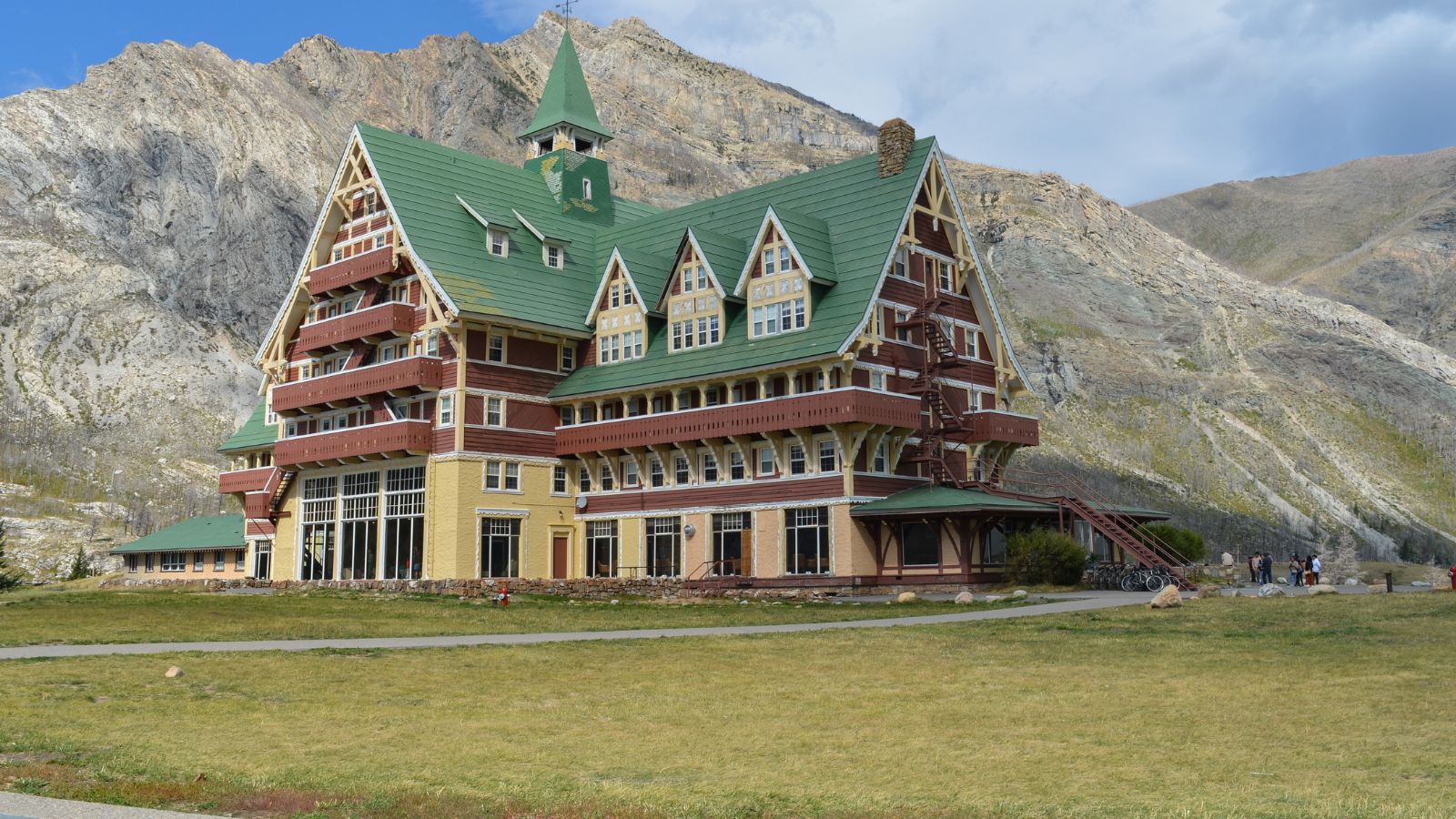
A jewel of alpine elegance, this 1920s hotel is breathtaking but battered by constant winds and heavy snows. Though still operating, behind the scenes it’s an aging structure that requires extensive maintenance. The foundation has settled unevenly and some materials have weathered badly. Without consistent upkeep, this postcard-perfect icon could face closure.
Bata Shoe Factory, Batawa, Ontario

Once the heartbeat of a company town, the Bata Shoe Factory is now a haunting shell of its former self. While redevelopment plans are occasionally discussed, the building continues to decay. The industrial heritage of a bygone era is at risk of being erased as this piece of 20th-century Canada quietly rusting away.
York Factory, Manitoba
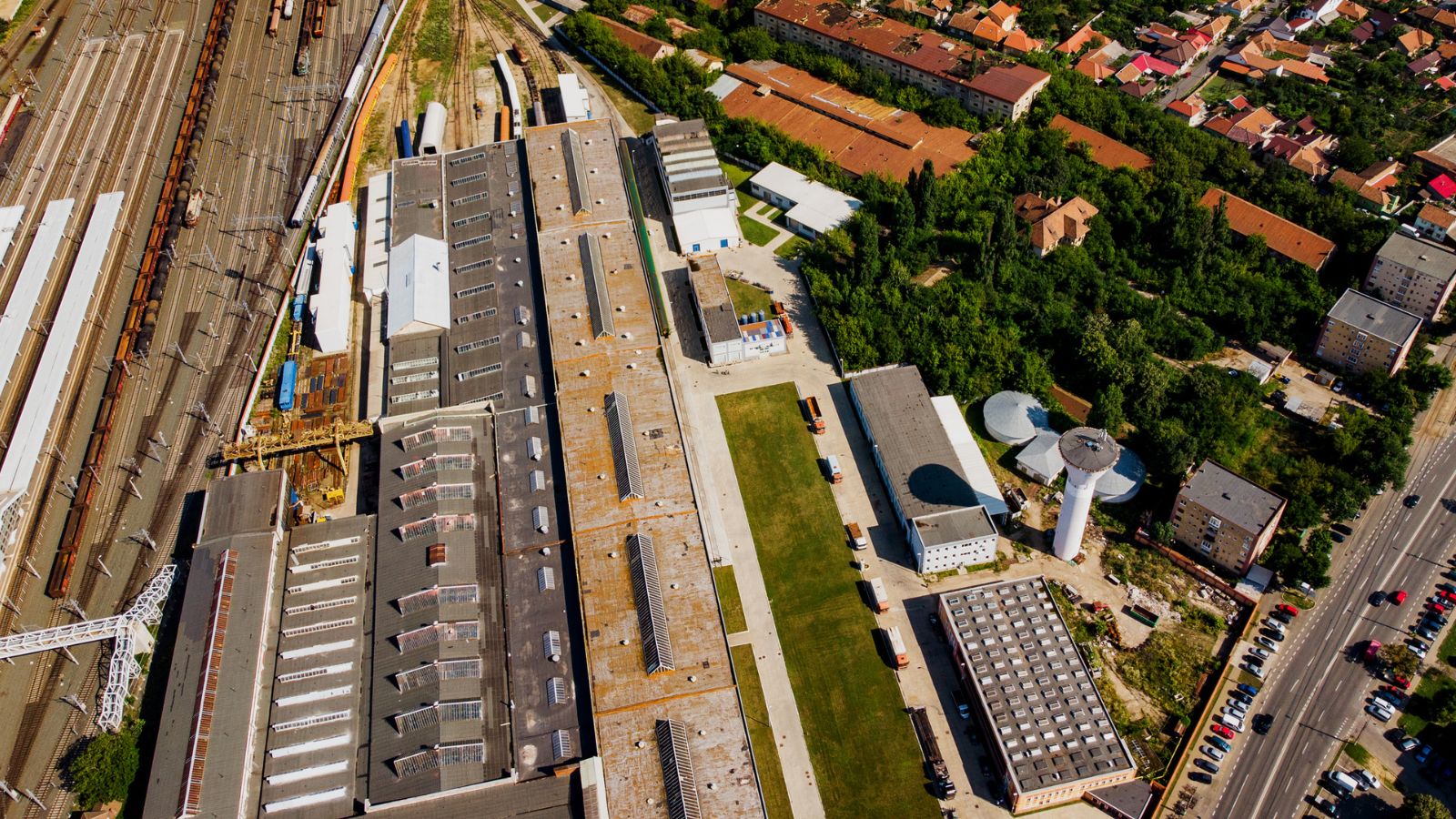
On the edge of Hudson Bay, York Factory was once a fur trade headquarters. Today, it’s one of the most remote and vulnerable historic sites in the country. With climate change melting permafrost and eroding riverbanks, the structure faces an uncertain future, meaning this historic site that’s literally sliding into the past.
Victoria Mines, Cape Breton, Nova Scotia
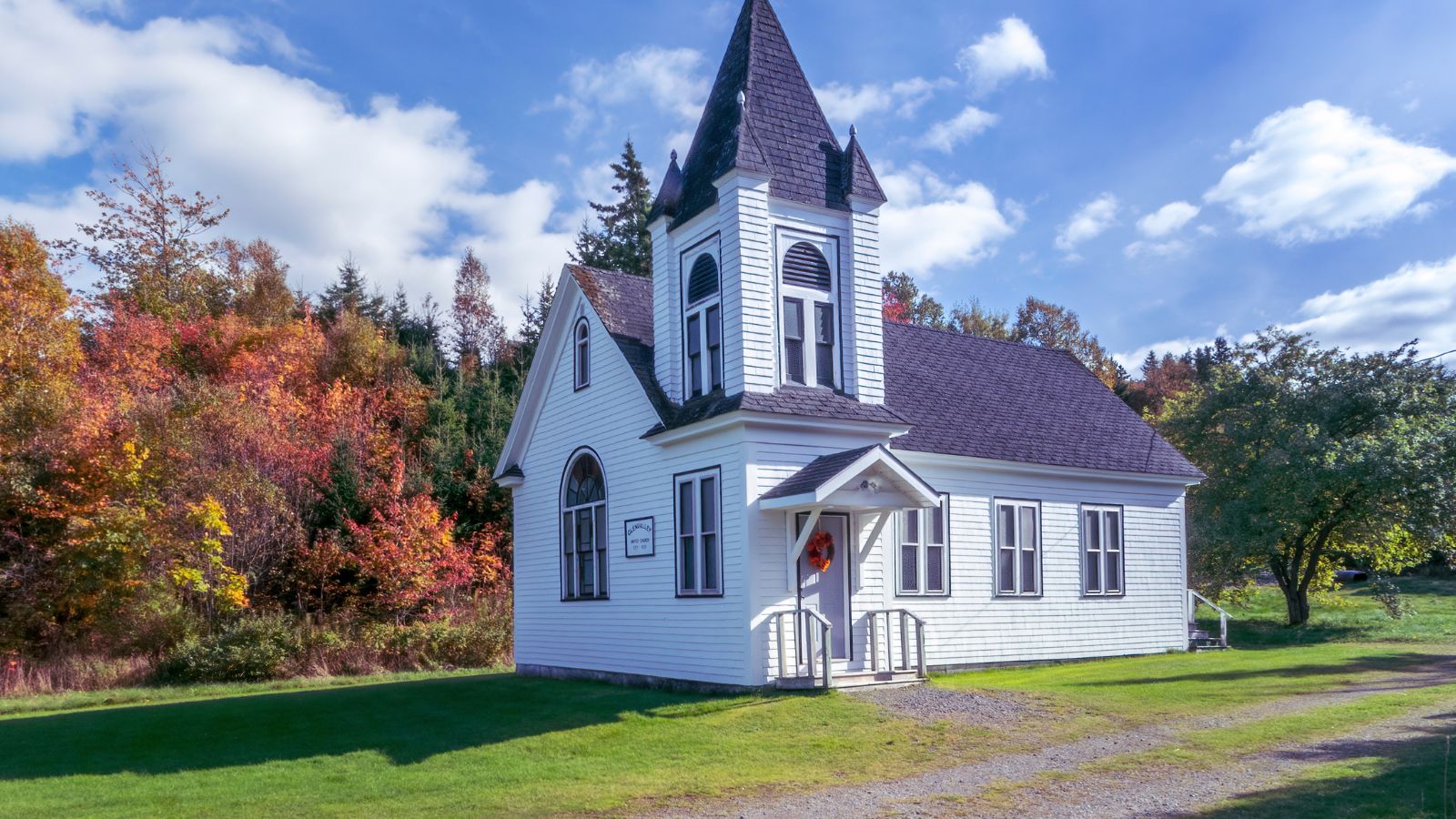
These coal mining remnants once powered a province, but now they sit as relics of a forgotten era. Abandoned tunnels, buildings, and machinery are falling apart with each storm. No serious preservation effort has been mounted so what remains there are could be gone within a generation.
Caribou Hotel, Carcross, Yukon
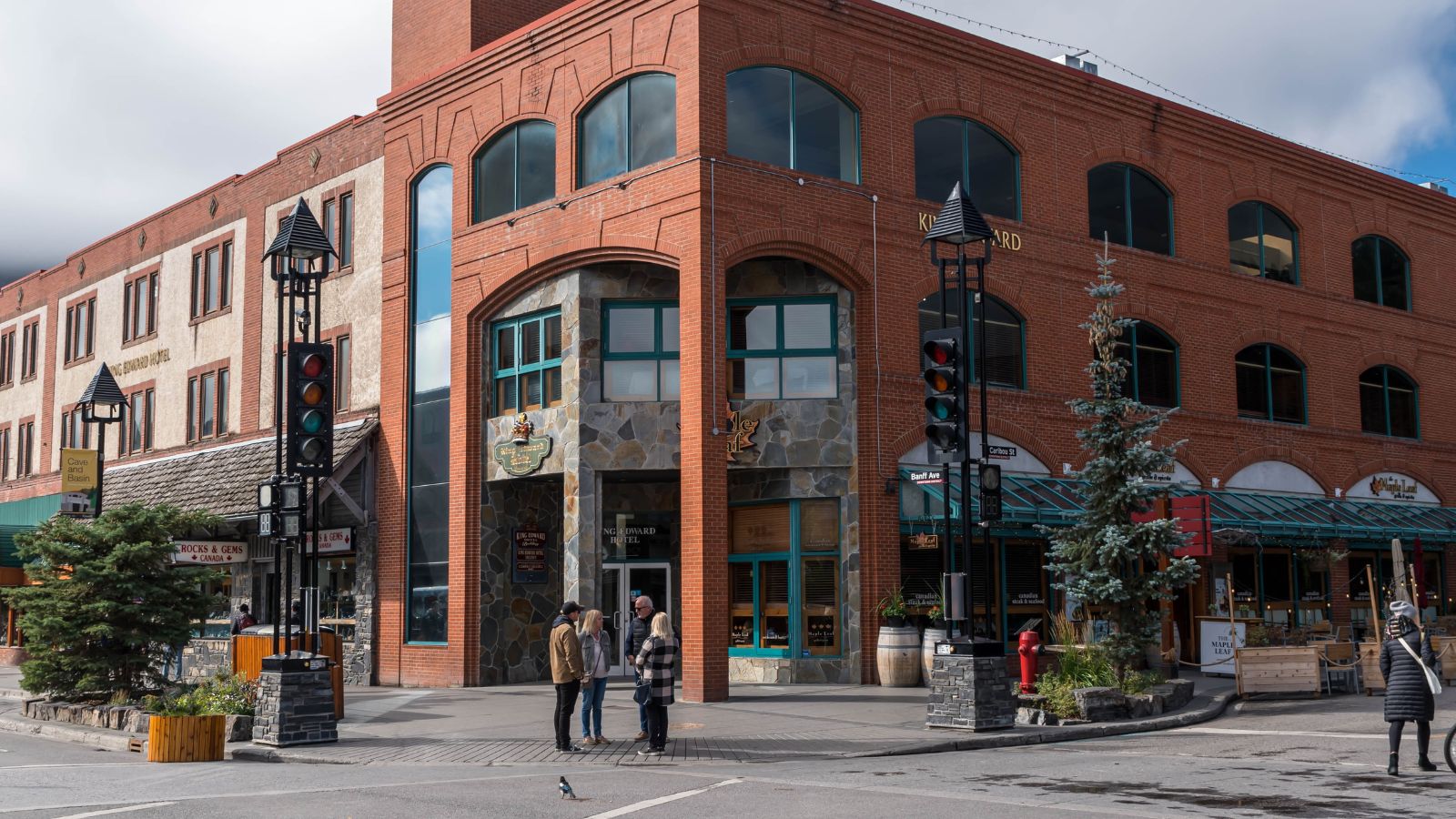
This legendary Gold Rush-era hotel once served miners and adventurers, but it’s barely holding together now. Though it has a long and colorful history, the building’s structure is unsound. Sagging floors, broken windows, and harsh northern weather have all taken a toll. Restoration seems unlikely without major investment.
St. Raphael’s Ruins, Ontario
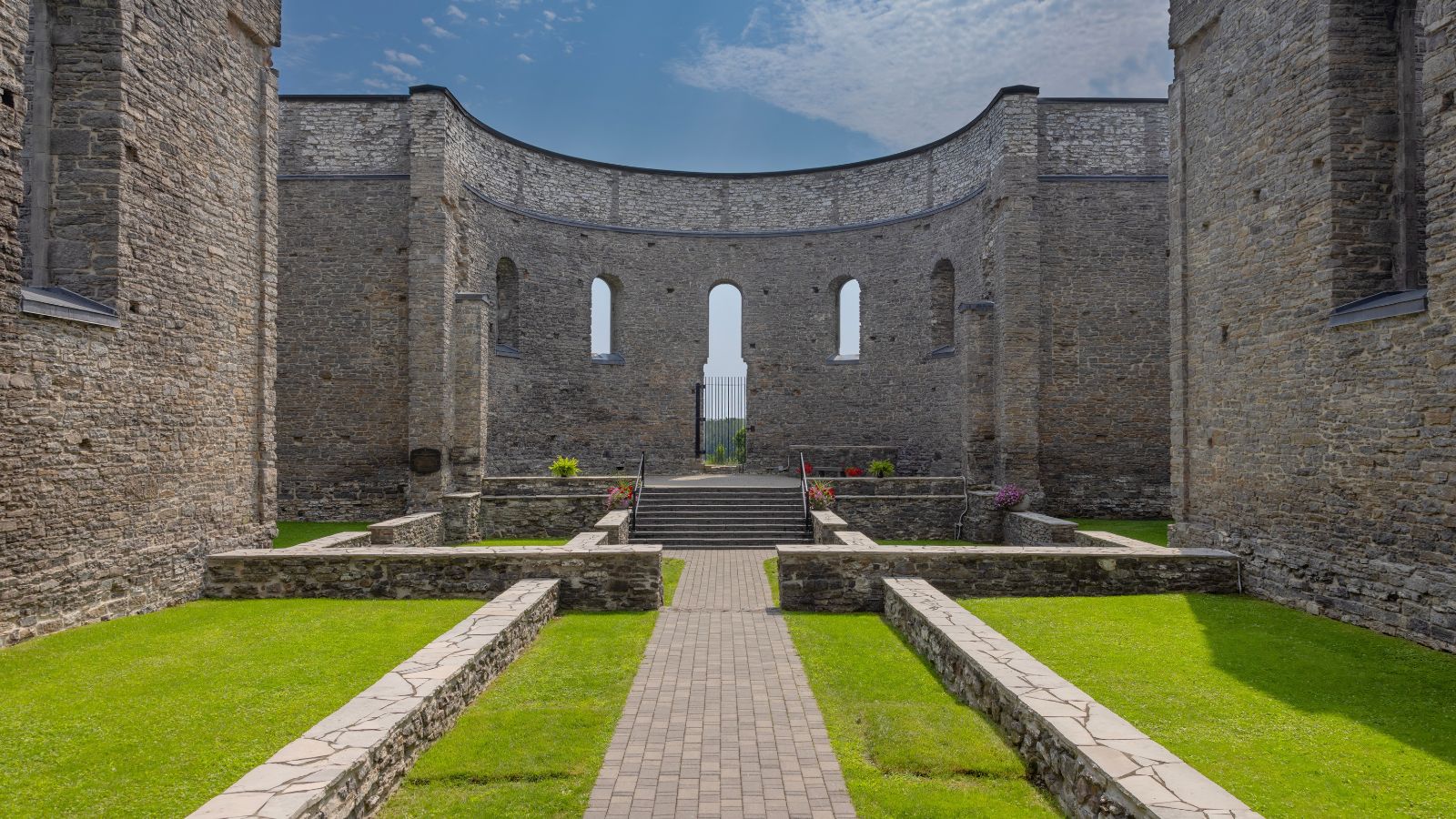
A fire gutted this 19th-century stone church, but its towering stone walls still stand, barely. Exposed to decades of wind and rain, the ruins are gradually crumbling at the edges. Visitors still come, but each year the structure becomes a little less stable, but If nothing changes, the ruin may eventually collapse.
Jumbo Valley Ghost Town, B.C.
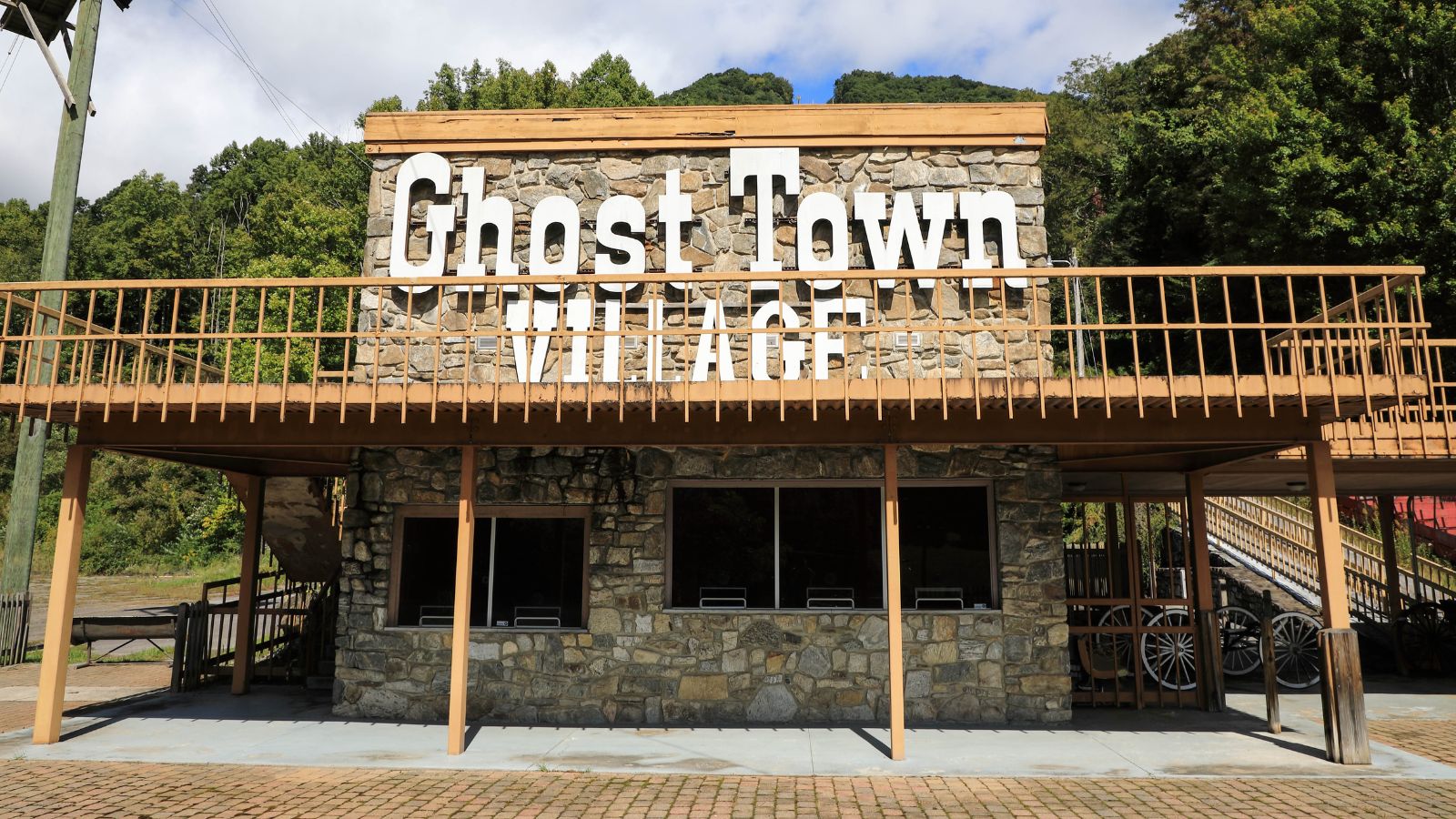
Jumbo was once a mining community high in the mountains, now just scattered ruins and decaying cabins. The cold and snow have weathered away most of what’s left. Its isolation makes it hard to preserve, and even harder to reach. Yet there’s a strange, haunting beauty to its slow disintegration.
Lower Fort Garry Outbuildings, Manitoba
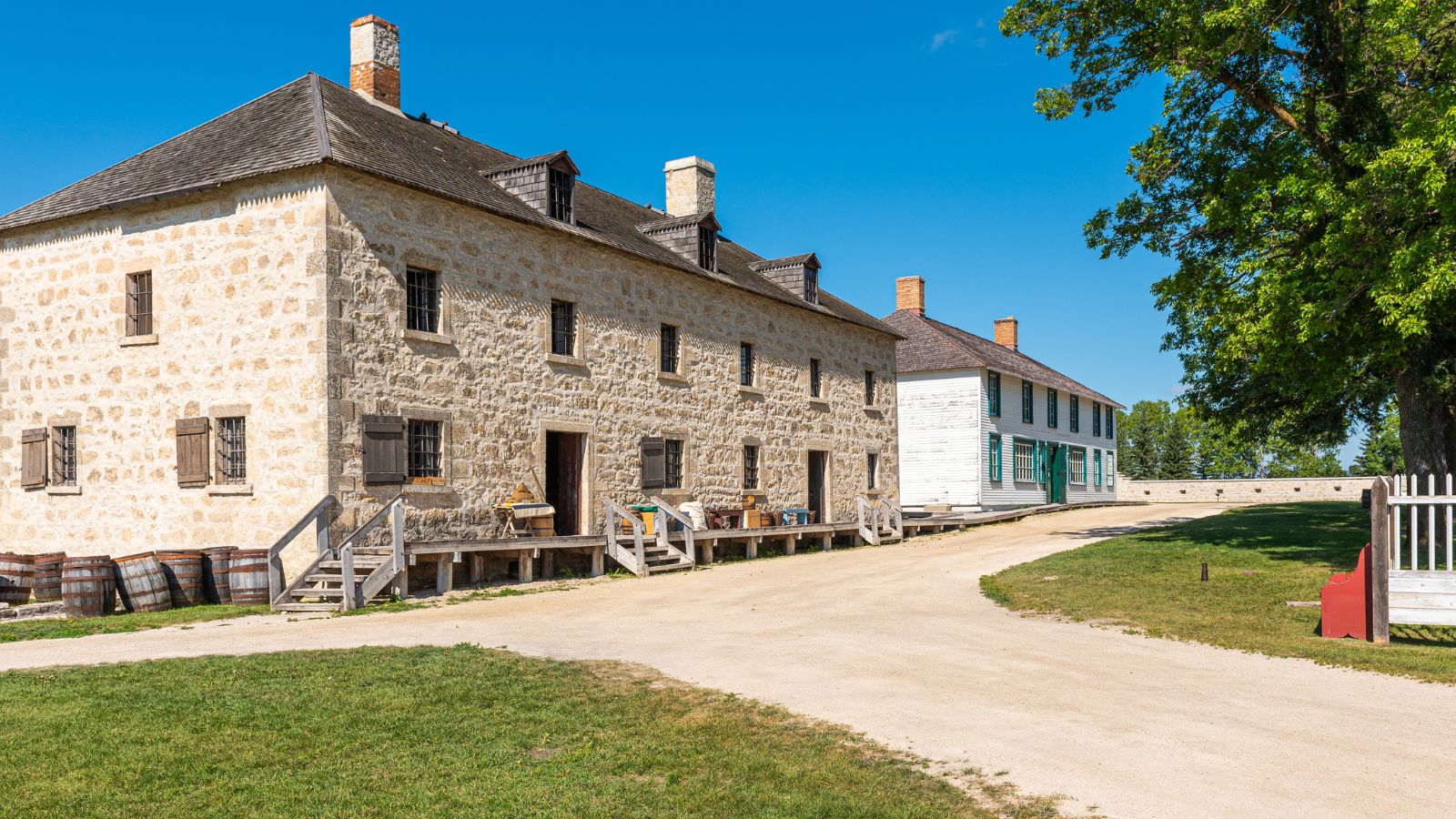
While the main fort buildings are maintained, several outbuildings and storage barns are being left to fall apart. These smaller structures offer context to the larger historical site, but they don’t always get the same attention or funds. As they rot, so too does part of the story. It’s a quiet erosion of detail and depth.
22 Times Canadian Ingenuity Left the U.S. in the Dust

When people think of innovation, they often picture Silicon Valley. However, Canada has a history of innovation, too. Whether it’s redefining sports, revolutionizing medicine, or just showing America up at its own game, Canadian inventors, thinkers, and dreamers have had their fair share of mic-drop moments. Here are 22 times Canadian ingenuity left the U.S. in the dust.
22 Times Canadian Ingenuity Left the U.S. in the Dust
